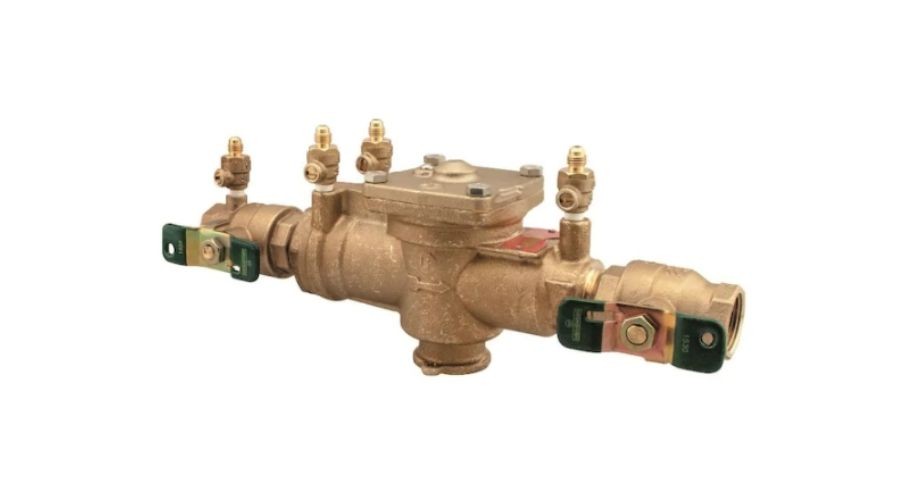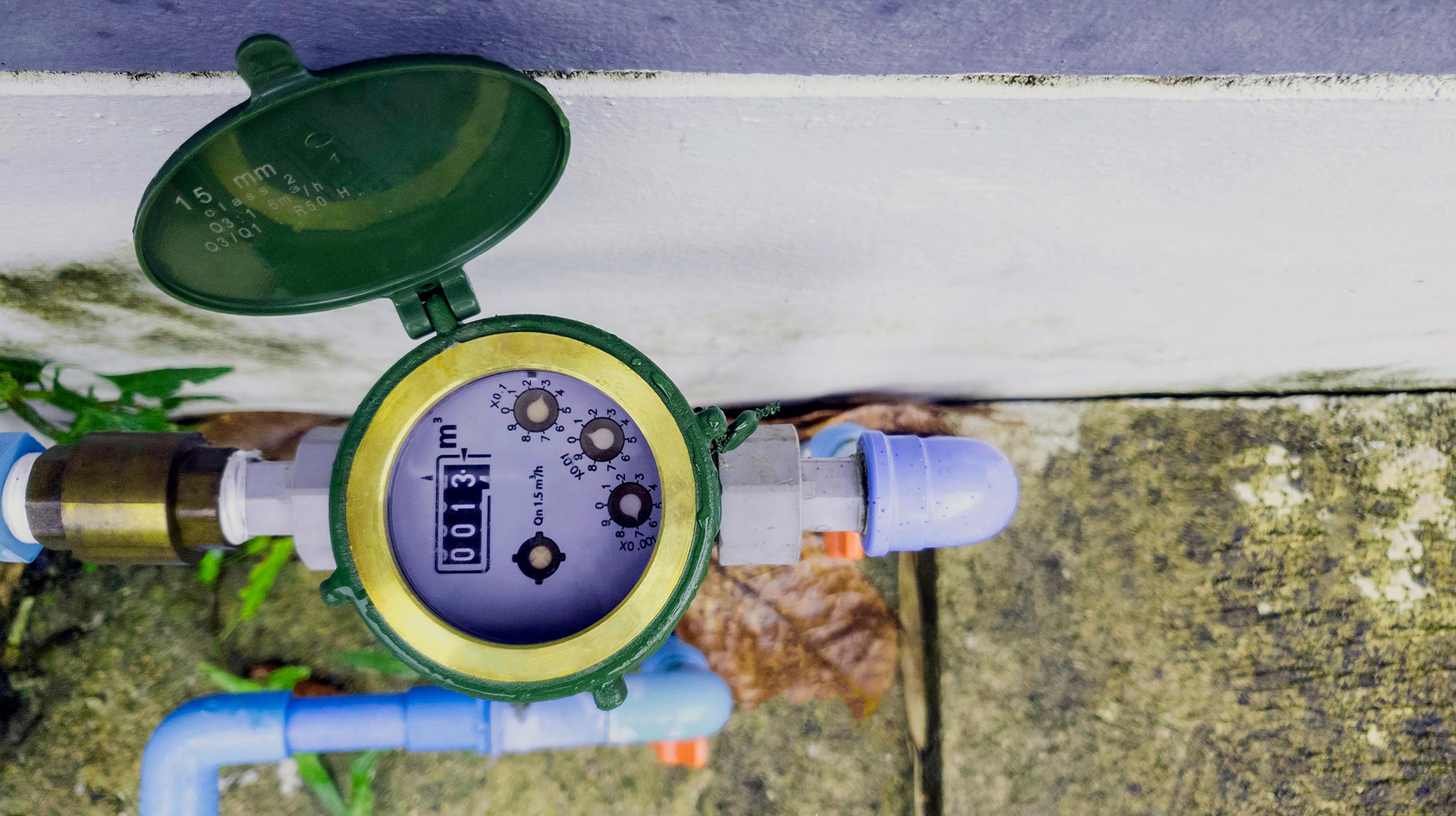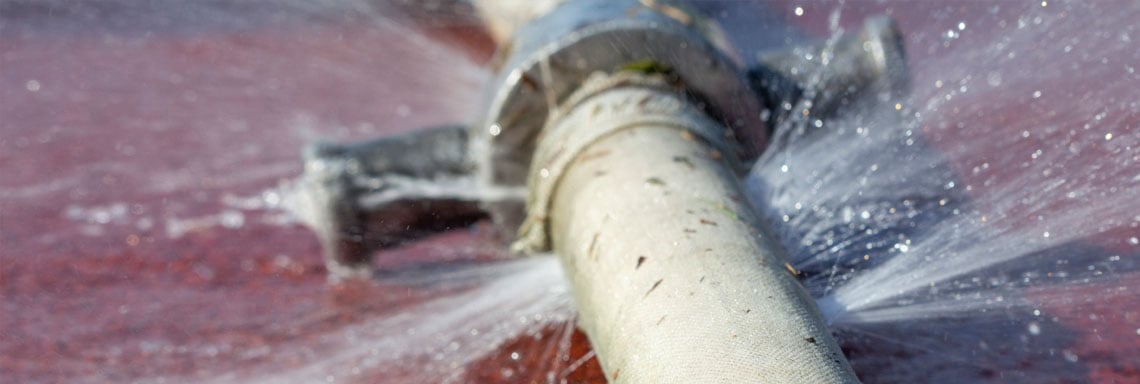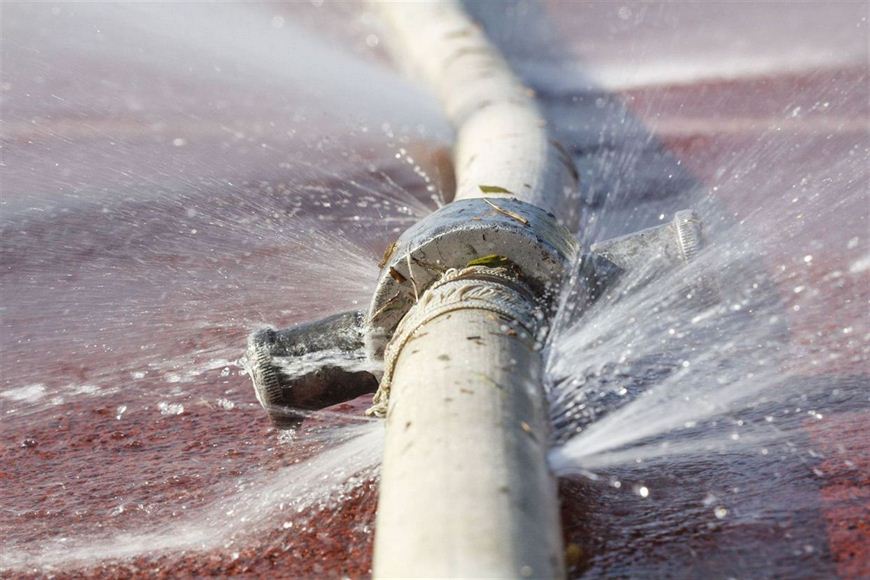Presented here in the next paragraph you will discover a good deal of exceptional answers all about Backflow Testing.

Yes, you need to backflow examination your residence's water supply to make certain that the water is devoid of toxins and also dangerous degrees of chemicals. You must not attempt to do heartburn testing on your own because of the tools required as well as room for mistake. We recommend that you call a specialist plumber every number of years to check your water.
Backflow Can Impact Both You and Your City
Lots of cities establish heartburn standards due to the fact that hazardous heartburn can influence the public water system in addition to a single building. Luckily, contemporary cities have backflow devices in position that shield the supply of water that originates from most homes and also industrial properties. The actual risk comes from watering systems, which can hurt the water with harmful fertilizers, manure, as well as other chemicals.
What Creates Heartburn?
A common cause of heartburn is a loss of water stress that causes the water to siphon back into the water supply. After some time, there is a loss in water stress as well as the hose pipe starts to draw the water back right into the water supply. As you can envision, there are now chemicals from the paint that are entering the water supply, potentially posturing a threat.
Backflow Screening is Required by Legislation in Particular Cities
Depending upon where you live, you could in fact be called for by regulation to backflow test your law. Iowa City maintains a document of all buildings served by the city's water supply. The city requires that certain "high-hazard" centers undertake heartburn testing. In some cases, properties such as homes as well as apartment are influenced.
You Can Stop Heartburn
The primary purpose of a heartburn gadget is to stop water from streaming backward right into your water supply. Plumbing professionals set up the tool on the pipes in your home to ensure that the water only streams in the proper direction.
What is Backflow?
Simply put, heartburn is when water moves upwards-- the opposite instructions in the plumbing system. This is likewise referred to as "backpressure." When the water relocates this direction, it can combine with dangerous toxins as well as present a threat.
Call a Plumber to Examine for Heartburn Prior To It is Far too late
A plumbing business can quickly evaluate your house's water to figure out if there are any type of hazardous chemical degrees. And also if you do find that your water has high levels of toxic substances, a plumber can easily install a backflow avoidance tool.
Yes, you need to backflow examination your home's water supply to make certain that the water is free of toxins as well as hazardous levels of chemicals. Several cities develop heartburn standards due to the fact that harmful backflow can affect the public water supply in enhancement to a solitary building. A common reason of backflow is a loss of water stress that triggers the water to siphon back right into the water supply. After some time, there is a loss in water pressure and also the pipe starts to suck the water back right into the water supply. The main function of a backflow gadget is to avoid water from moving in reverse into your water supply.
Backflow Testing: What Is It, and Why Is It Necessary?
What Is Backflow?
Backflow is exactly what you might imagine this somewhat gross-sounding word to mean. It is contaminated water that has reversed flow, and as a result, enters into the clean water lines of homes and businesses. Backflow is typically caused by a significant change in water pressure. This can be due to a water main break, frozen pipes or an unexpectedly high demand on the water system. It can occur at any cross-connection between clean and dirty water in residential, commercial or industrial water lines. And the worst part – backflow can contain hazardous materials like human waste, pesticides or chemicals. Needless to say, it poses very, very serious health concerns, not to mention the potential for a heap-load of expensive stress!
Backflow Prevention and Testing
In order to safeguard against backflow in standing structures, a backflow prevention device should be installed by a trusted team of professionals. Once installed, if there should ever be an unexpected or dramatic change in water pressure, the device will prevent backflow from entering into the clean water supply system. But, again, it’s important that this device is properly installed by a professional so that they can test it and ensure that the clean water line remains contaminant free. This really is key.
While personal standards and responsibilities should maintain certain routine testing requirements, there are already municipal codes in place that require annual testing of these backflow prevention devices. This ensures that they are functioning properly and that no hazardous contaminants are spilling out into the clean water supply. If, however, testing of any device is not completed on time, you should know that a property or business’ water supply might be interrupted, and the property owner might even face fines. So, to avoid this from happening to you, we recommend scheduling a backflow test well in advance.
Fortunately, here at Tritan, we can help schedule and carry out backflow testing for your property. We provide a variety of backflow-related services, including prevention device installation and testing. Call us today and make sure that this stressful problem doesn’t happen to you and your property or business.
https://www.tritan-plumbing.com/blog/2018/february/backflow-testing-what-is-it-and-why-is-it-necess/

Hopefully you enjoyed our post on Backflow Testing. Thank you so much for taking a few minutes to browse our posting. Appreciated our review? Please share it. Let others locate it. Thanks for your time spent reading it.
Visit Our Website

